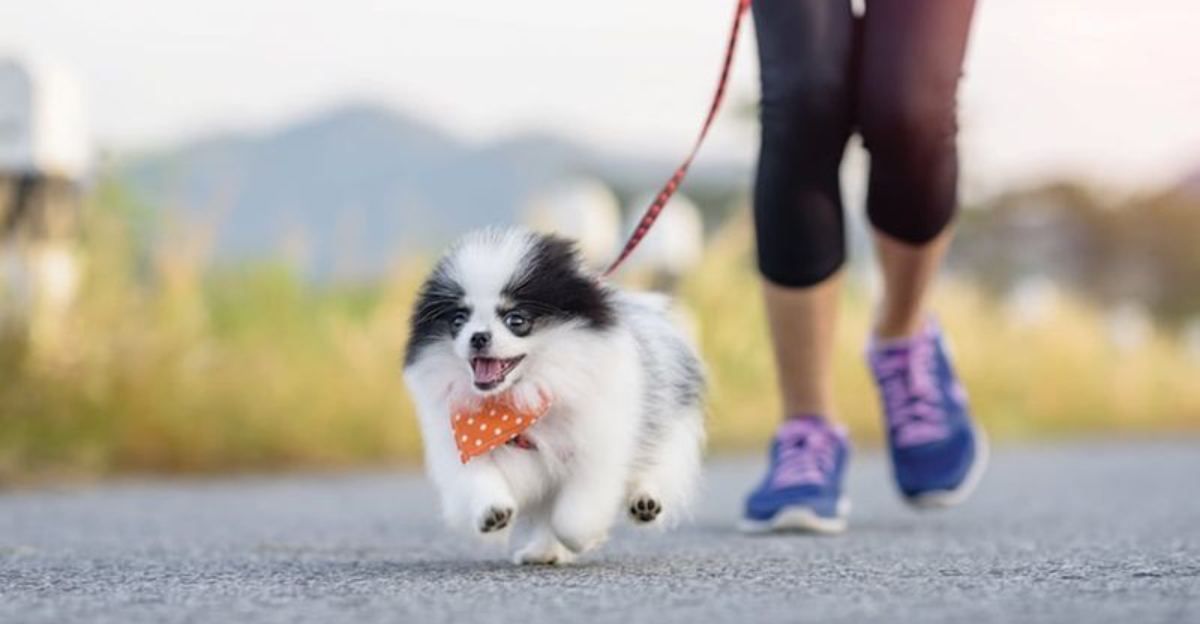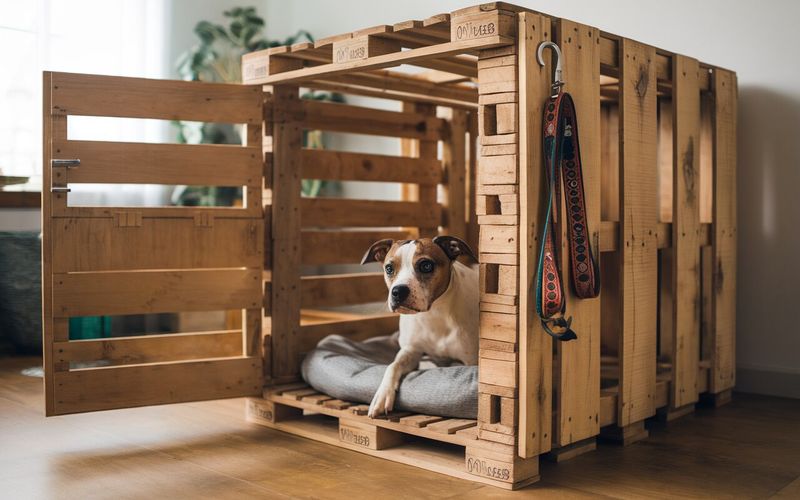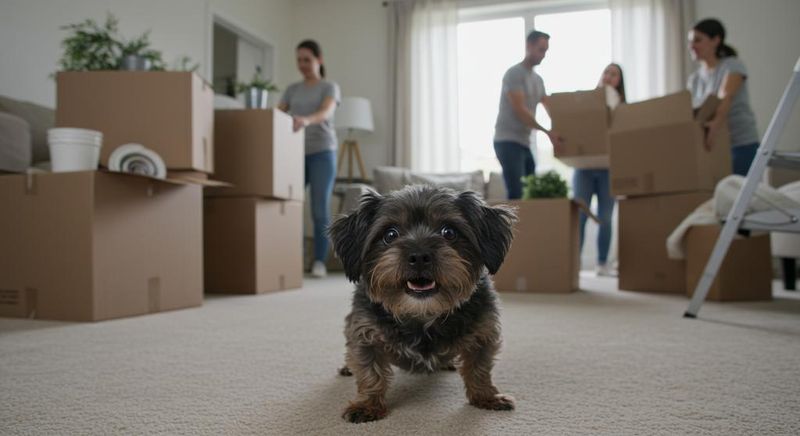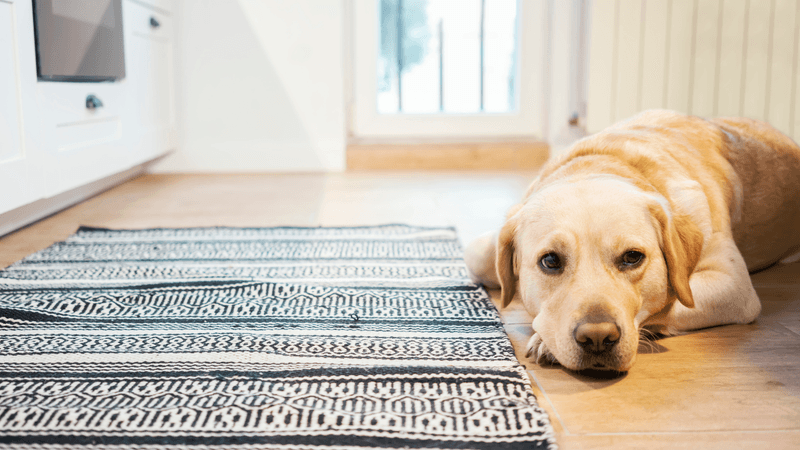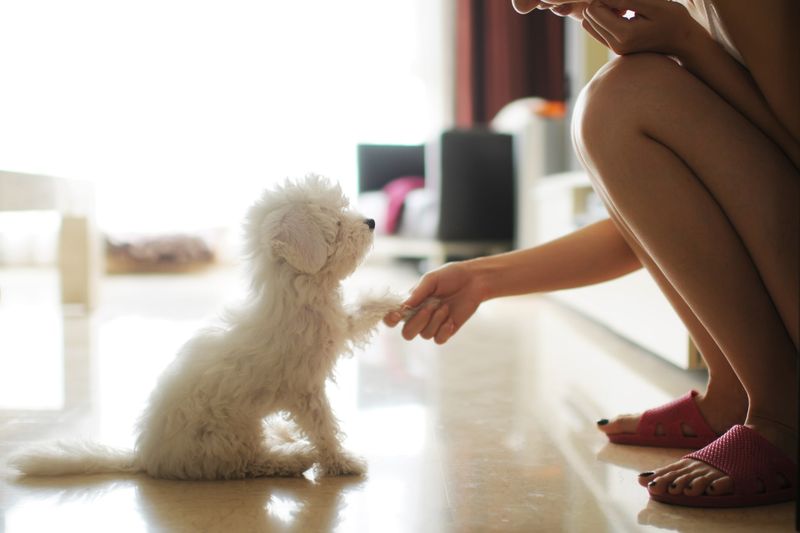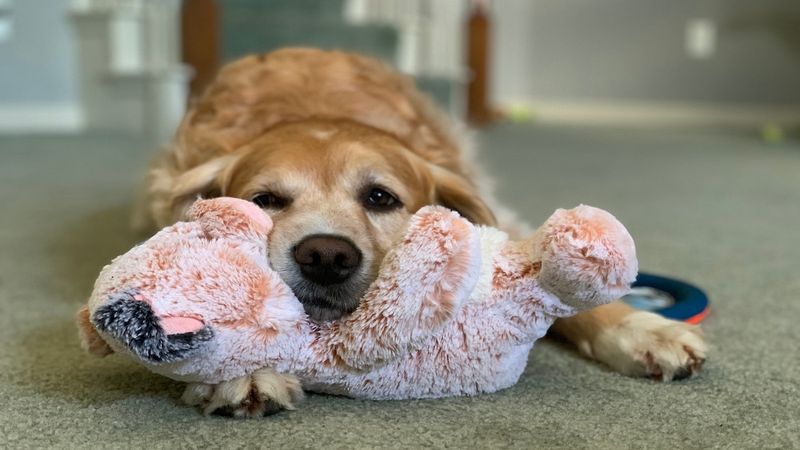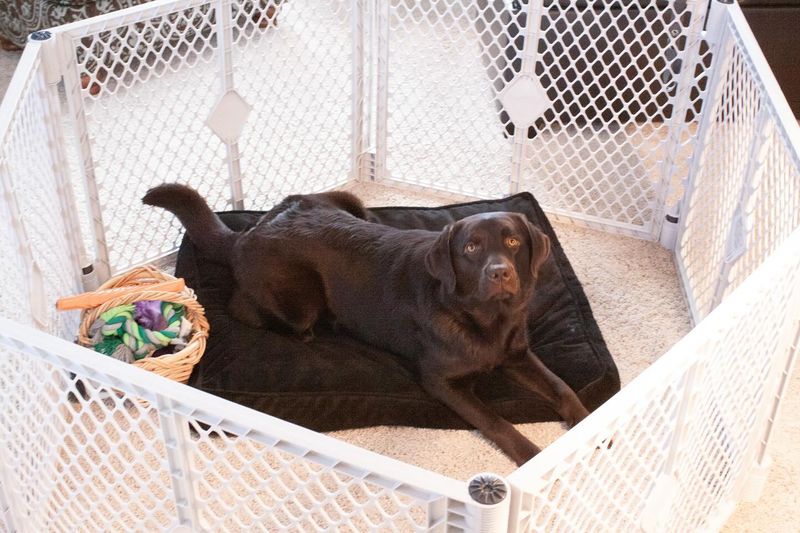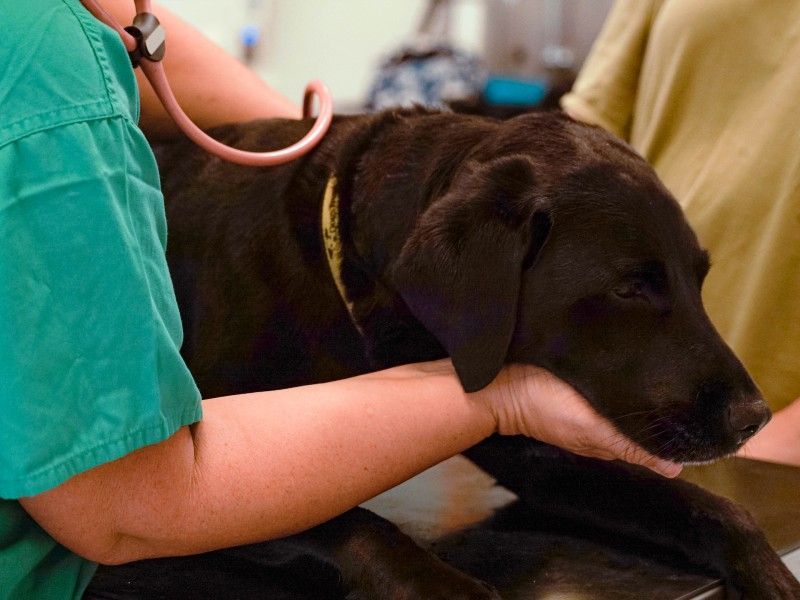Moving to a new home can be an exciting yet challenging experience, not only for humans but also for our furry friends. Dogs, being creatures of habit, may find the transition unsettling. However, with some expert-backed strategies, you can help your canine companion adjust smoothly to their new environment. Here are 12 tips to ensure a seamless transition for your dog, making your new house feel like home in no time.
Create a Familiar Space
Imagine stepping into a room designed just for you. Creating a familiar space for your dog in your new home can provide comfort and security.
Set up a cozy corner with their favorite bed, toys, and perhaps a blanket that carries a familiar scent. This space will become their safe haven as they explore their new surroundings.
By offering them a personal area, you reassure them that some things remain unchanged, even in a new environment.
Maintain a Routine
Dogs thrive on routine, and maintaining a consistent schedule is key. Continue feeding, walking, and playing with your dog at the same times as before.
This continuity helps them feel more at ease amidst the chaos of moving. Predictability in daily activities provides a sense of normalcy.
Sticking to their established routine ensures that your dog knows what to expect, reducing anxiety and promoting a smoother adjustment.
Introduce Gradual Changes
Introduce your dog to the new environment slowly. Start with one room at a time, allowing them to explore and sniff around.
Gradual exposure prevents overwhelming them with the entirety of the new space all at once.
By making small changes and giving them time to adapt, you build their confidence and comfort in the new setting.
Stay Calm and Positive
Your dog mirrors your emotions, so staying calm and positive is crucial. If they see you relaxed, they are more likely to feel secure.
Offer plenty of praise and encouragement as they explore the new home.
Your soothing presence and positive energy provide reassurance, helping them navigate the unfamiliar territory with confidence.
Use Familiar Scents
Scent plays a significant role in a dog’s world. Bring items with familiar scents to the new home, such as their bedding or favorite toys.
These familiar aromas can have a calming effect, reminding them of comfort and safety.
By surrounding them with recognizable smells, you help create a sense of continuity amidst change.
Give Time to Adjust
Adjusting to a new environment takes time. Allow your dog to explore at their own pace without rushing the process.
Patience is key, as each dog adapts differently to change. Offering them time and space gives them confidence to settle in.
With time, they will gradually feel more at home and secure in their new environment.
Introduce Slowly to New People
When introducing your dog to new people, take it slow. Allow them to approach at their own pace, fostering trust and comfort.
New faces can be intimidating, but a gentle introduction can ease anxiety.
Encourage visitors to offer treats and speak softly, building positive associations with new acquaintances.
Provide Regular Exercise
Regular exercise is essential for your dog’s physical and mental health. Organize daily walks or play sessions to burn off energy.
Physical activity helps reduce stress and anxiety, making the new environment less daunting.
Keep them engaged and stimulated through regular exercise, which aids in a smoother transition.
Offer Reassurance with Toys
Toys can be more than just playthings. They offer reassurance and a sense of familiarity in unfamiliar surroundings.
Introduce toys that your dog loves to help them feel secure and entertained.
Engaging with their favorite toys provides comfort and distraction, easing the transition into the new home.
Establish Boundaries Early
Setting boundaries early on is crucial for a harmonious living environment. Define off-limit areas and guide your dog gently.
Clear rules help them understand what is expected and create a sense of security.
Consistency in boundaries prevents confusion and establishes a respectful coexistence in the new home.
Seek Professional Help if Needed
Sometimes, professional help is necessary to address adjustment issues. Consult a dog trainer or behaviorist if challenges arise.
Experts can provide tailored strategies to address specific concerns your dog might have.
Seeking assistance ensures that your dog gets the support they need to adapt positively to the new situation.
Monitor Health and Well-being
Regular health monitoring ensures your dog’s well-being during the move. Keep an eye out for any stress-related symptoms.
Visit the vet for a check-up to rule out health issues that might affect their adjustment.
Maintaining good health supports their ability to adapt smoothly to the new environment.
